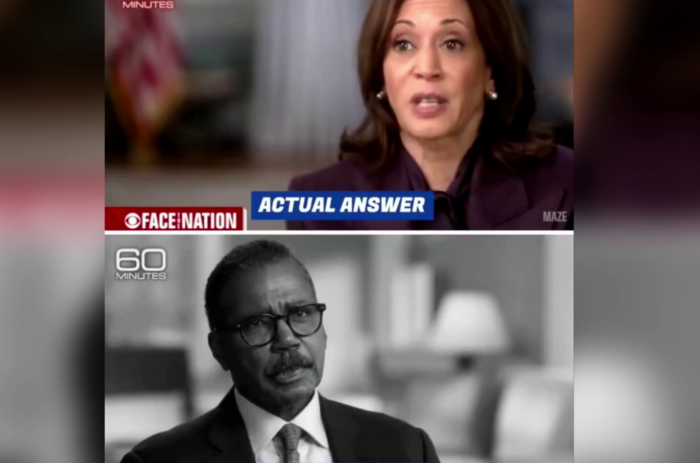redo Jump to...
print Print...
Directions
-Read the excerpt below from Julia A. Seymour's Report posted on Sept. 29 at BusinessandMedia.org.
-Read "Types of Media Bias" in the right column. Then answer the questions.
Unemployment became the top concern of Americans in September, according to Gallup. The Sept. 8-11 poll found that unemployment overtook “the economy” as “the most important problem facing this country today.”
It makes sense since the month began with a “dismal” unemployment report showing zero job growth [in August] and the unemployment rate stubbornly stuck at 9.1%. …..
Yes, there is a jobs crisis in the U.S. because unemployment has been above 8% for the past two-and-a half years. Millions of people desperately need work across the country, but viewers of the broadcast network news shows might not realize just how bad the unemployment crisis is. That’s because more than three-fourths of the September jobs stories (77 percent) didn’t mention the 9.1% unemployment rate at all. Several stories put a positive spin on the horrendous jobs situation and only four stories mentioned that more than 14 million people are out of work.
The Business & Media Institute analyzed 79 stories on the broadcast evening news programs that mentioned “job” or “jobs” between Sept. 1 and Sept. 26 and found only eighteen (23%) of them actually mentioned the 9.1% rate or said that unemployment was above 9%. Stories about “job” approval, people doing their “job” and other non-economic references were not counted.
Just as the networks have downplayed the high unemployment and looked for hopeful signs on jobs during much of the Obama presidency, reporters continued to find “good news” about unemployment to talk about.
CBS “Evening News” anchor Scott Pelley shared “a little bit of good news on jobs” on Sept. 7, 2011. He led into a report about Obama’s proposed jobs plan by optimistically reporting that in July there were 3.2 million job openings posted by employers. “That’s the most in nearly three years,” Pelley said without noting the huge shortfall between available jobs and the roughly 14 million who were unemployed in August.
The other networks found hopeful stories too. ABC introduced viewers to “a one-man fighting force” intent on “bringing America back” economically. The man, Bob Rosenberg, decided to start his own frozen yogurt shop when he couldn’t find work in sales. NBC “Nightly News” celebrated a man bringing his company’s manufacturing jobs back to the U.S. from China. CBS “Evening News” showed what one Georgia town did with $14.5 million taxpayer dollars to retrain workers for jobs at a Kia assembly line.
Other reports focused on boom towns in Texas and North Dakota due to oil and gas discoveries.
Looking for positive stories to cover in a troubled economy is the opposite of the way the networks have covered unemployment and the economy under Republican presidents George W. Bush and Ronald Reagan. In 2004, the news media attacked Bush routinely on the topic of employment, even in the midst of 13 months of positive job creation and other good economic news.
The difference in coverage depending on which party is in power was even more obvious when BMI compared unemployment coverage during similar time periods in 1982 and 2009. In 1982, network reports were 13 times more negative under Reagan: 91 percent of mentions of his administration were negative compared to only 7 percent of Obama administration mentions.
The Obama administration was mentioned favorably in 2009 network unemployment stories 87 percent of the time. While there were zero positive mentions of Reagan in 1982. An identical unemployment rate (9.4 percent) was “good news” for Obama, but all bad for Reagan. …………..
To accurately identify different types of bias, you should be aware of the issues of the day, and the liberal and conservative perspectives on each issue.
Types of Media Bias:Questions
1. Which types of bias does this report document?
2. Why do you think the media portrays unemployment rates differently when a Republican is president compared to when a Democrat is president?
3. Do you think the media’s double-standard in reporting on unemployment during Republican and Democratic presidencies affects viewers’ perceptions of the president? Explain your answer.
Scroll down to the bottom of the page for the answers.
Answers
1. The report is an example of bias by omission and spin. (Also by story selection.)
2. Opinion question. Answers vary.
3. Opinion question. Answers vary.



